Daniel Lang
Mongolia
Home: Originally the Midwest — now North Las Vegas, Nevada
English Education and Community Development Volunteer
Language Teaching and Equity
I’m Daniel Lindbergh Lang, a Peace Corps Volunteer from the American Midwest then Nevada. In Mongolian, “Намайг Даниел гэдэг.” (I’m called Daniel.)
I served nine beautiful months in Mongolia, where I contributed to English education and community development. Having entered Peace Corps with a degree in journalism, I love arts and culture. So a couple months into my teaching at the university where I worked, I was both delighted and bewildered when my colleague said one afternoon that we wouldn’t need to plan the next lesson. We always tried to plan. No, she explained, we’d take our first-year students to the province museum.
The next October morning, with the snow falling, my colleague rolled up in her car at the bottom of the hill from where my Soviet-era apartment stands. I felt grateful for the ride. Usually I have to walk into town.
Inside the museum I took off my coat but kept on my plaid scarf. (Mongolians love my plaid accessories.) Students looked elated to see me. They’d only known me a month, since Mongolia’s school year began September 1.
We saw paintings from Mongolia’s Soviet-partnered past — and, across the way, various stuffed creatures. My students called me over, speaking Mongolian and broken English, asking for help understanding a sign. I helped a student double-check a phone dictionary to confirm: We indeed stood before a “squirrel.”
In the museum’s later halls, my colleague called me over and spoke cheerfully about ceremonial outfits and the objects Mongolians use at holidays. I’d seen some of these while with my host family during my Peace Corps training summer in the countryside. But I’d never seen anything like what was waiting in the final room: the largest морин хуур (morin huur, or “horse fiddle”) I had ever seen. A giant could have dropped off that marvellous Mongolian, two-stringed instrument — with its trapezoidal body and long, elegant neck. In just a few months I had heard many performances on the normal-sized equivalents. My colleague made sure to get a photo with me with it for Facebook.
The next class I taught with that colleague, we critiqued students’ museum presentations. And while they truly were far from perfect, I loved getting to hear how they described the exhibits. I gave them grammar guidance. They gave me a new way of seeing.
When we were evacuated from Mongolia in February, I left behind students, colleagues, and community members eager to improve their English.
At the university, I taught undergraduates on paths to becoming instructors, businesspeople, and diplomats. Mongolia only began English education in the 1990s, making today’s Mongolians still among their nation’s first English language learners.
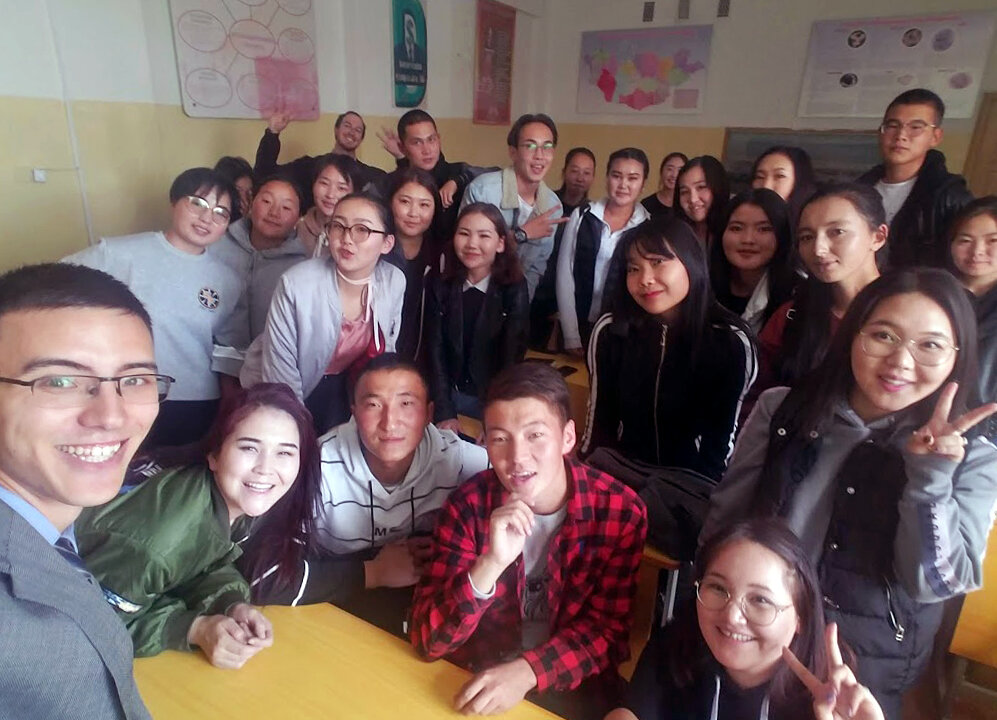
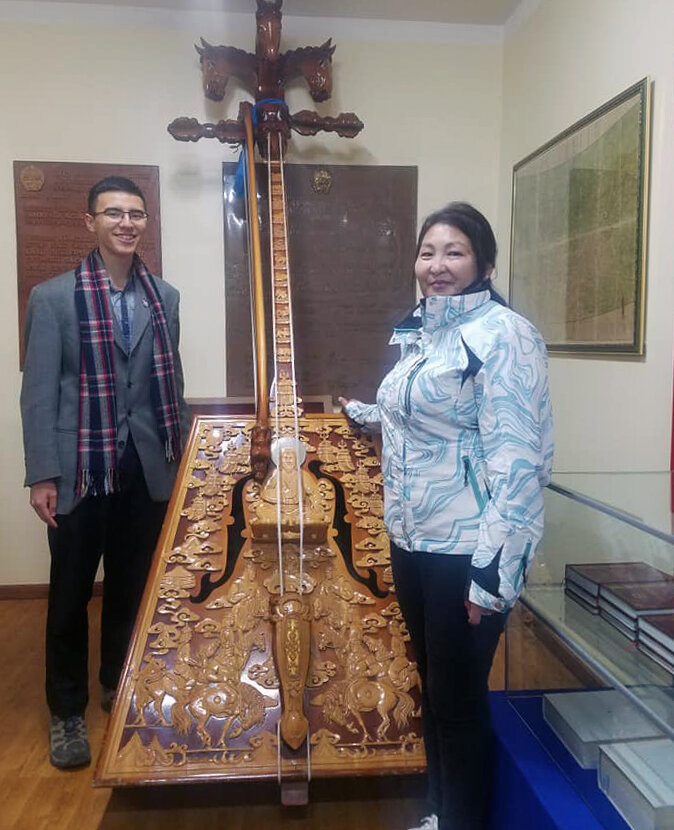
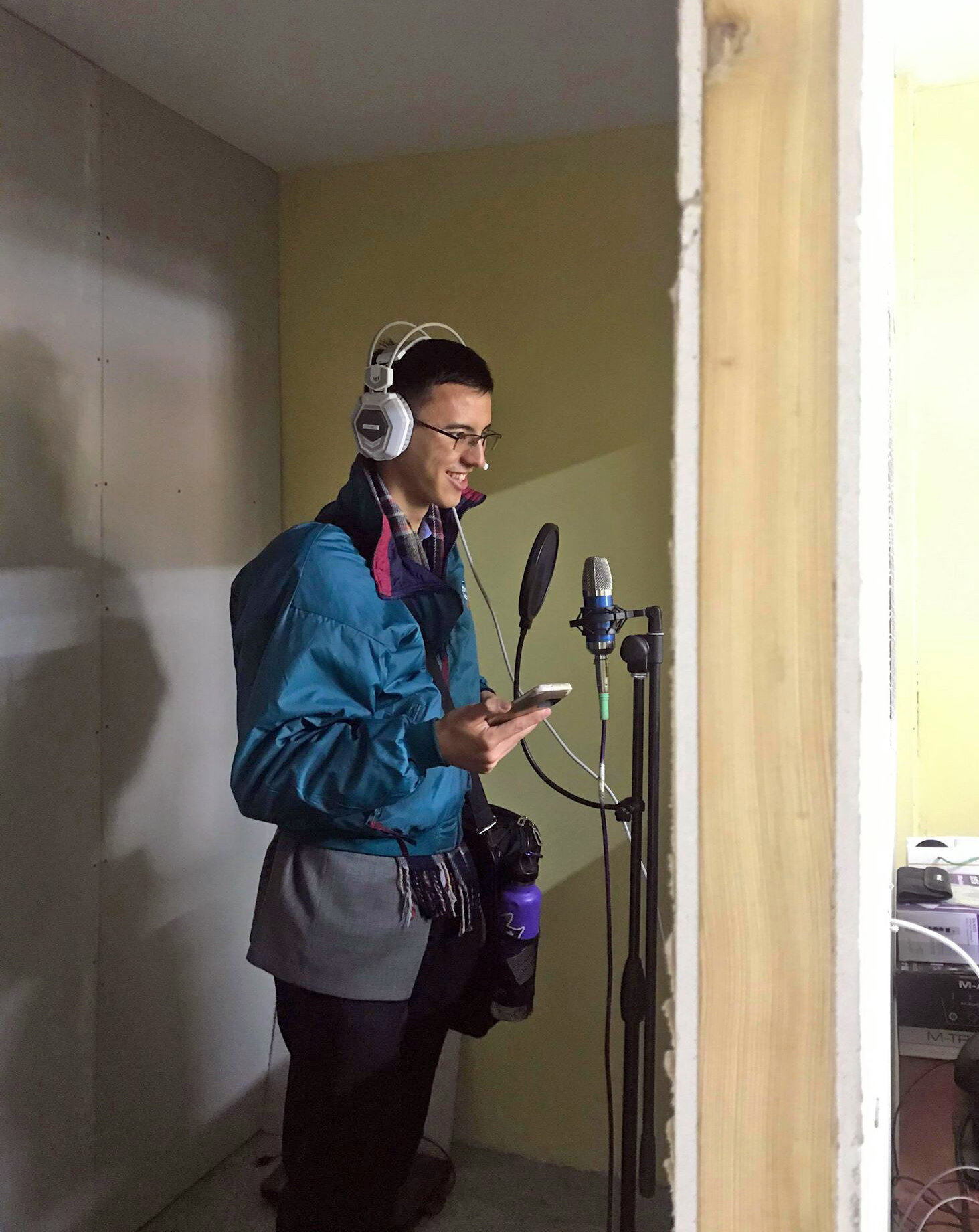
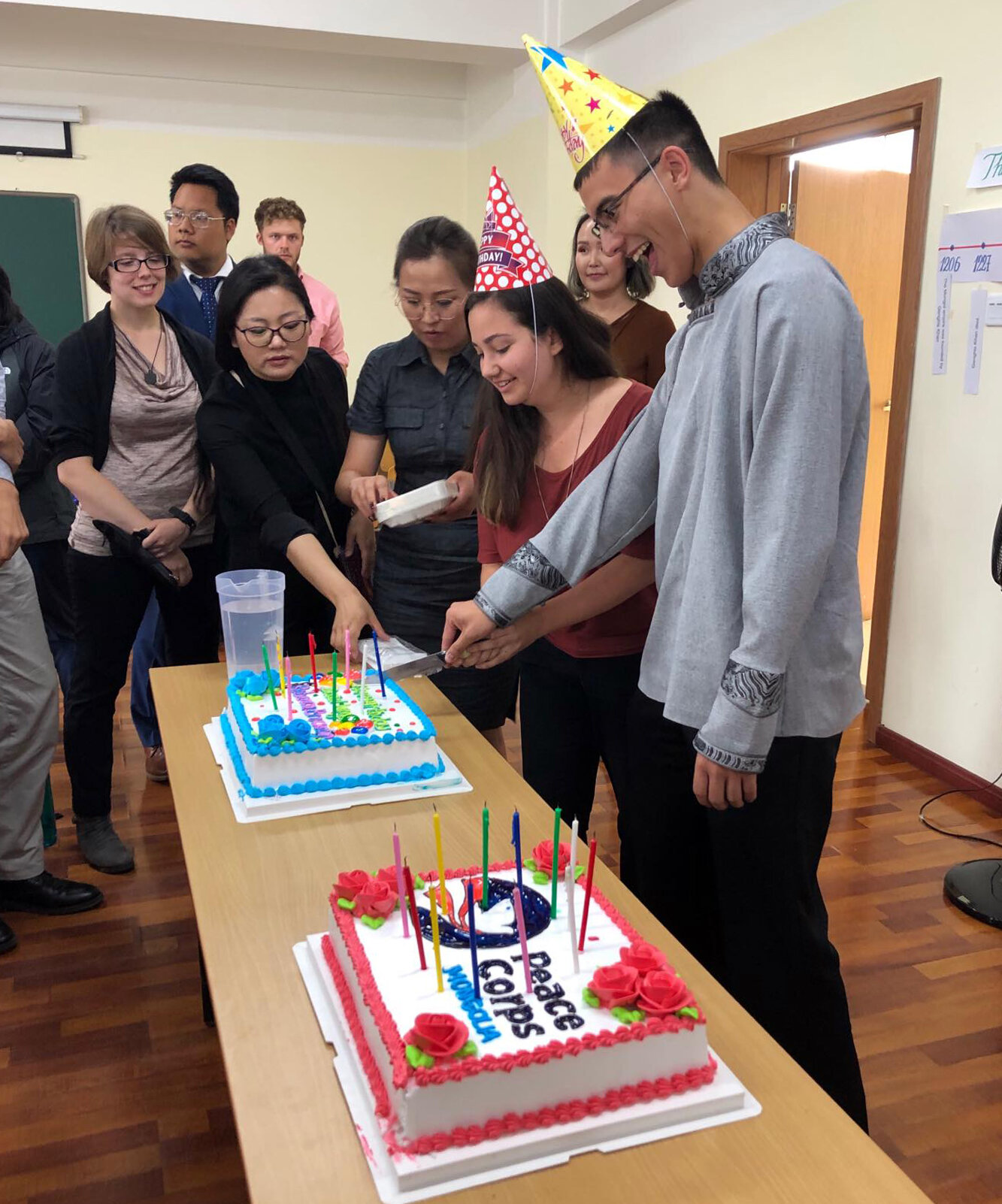
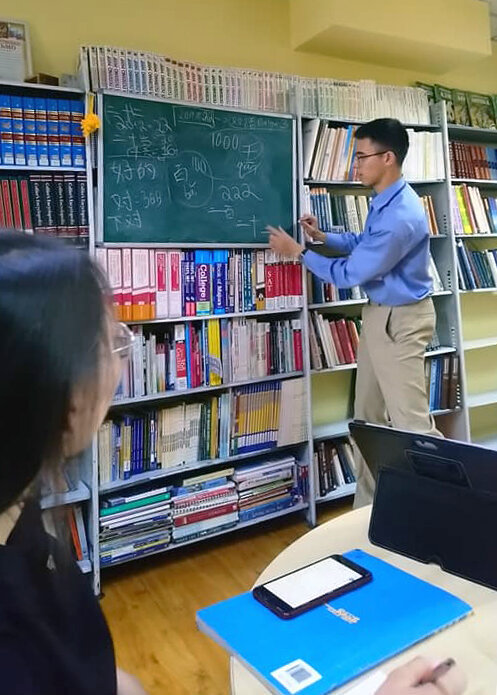
At night, fellow Volunteers and I taught English to learners of all ages. I worked with community groups at our city library, young professionals at our local Toastmasters, and doctors and nurses at a hospital. I spent my Saturdays with teachers and children at an orphanage. Sundays, after mountain hikes and Mass, I also taught lessons in Chinese.
Days before I left, I had met with local officials to found a camp to help rural students become mentors. I met new collaborators for furthering language learning for Mongolian youths. At Mongolian Lunar New Year celebrations, I ran into community members who had learned English from Peace Corps Mongolia’s first cohorts, over two decades ago.
The people I worked with — months later, we keep in touch. Back in the States, I helped colleagues secure an acceptance with the first research article from Mongolia in one international peer-reviewed journal. A speaking club I frequented has invited me to video chat with them. A Mongolian youth group has invited me to help them practice English. I’ve gladly taken part.
Read more from Daniel Lang at: www.memoryLang.tumblr.com/PeaceCorpsStories.
